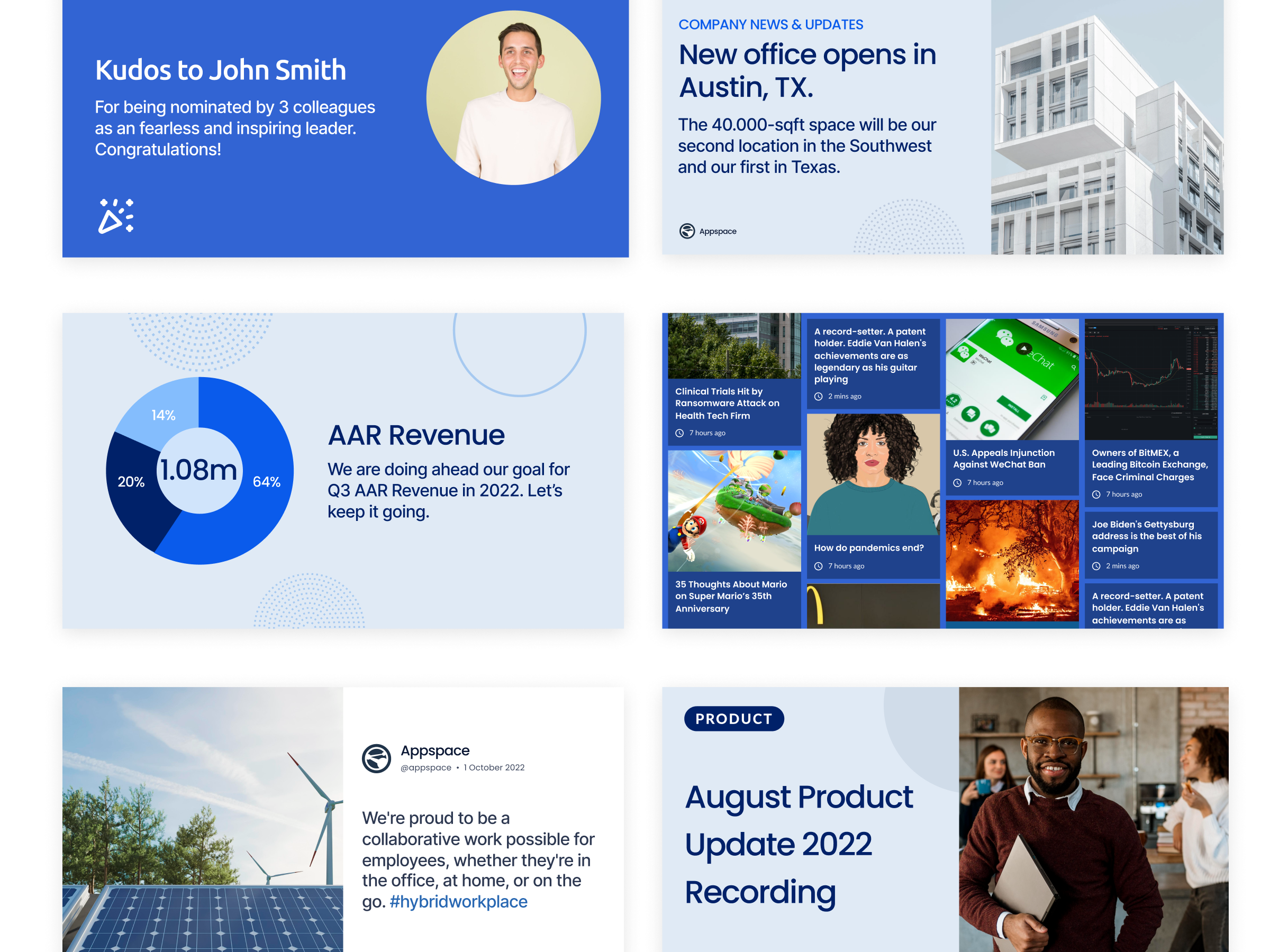Why is workplace culture important?
Culture is a hot topic in today’s workplace. With the unemployment rate trending towards record low numbers, most companies are increasing their efforts to revamp their image and attract top talent. While getting good employees in the door and keeping them are seen as common motives for improving workplace culture, they are just one piece of the puzzle.
A strong workplace culture can drive engagement and improve work performance and overall happiness. Today, there are many common misconceptions of what workplace culture is really about. A good workplace culture should consist of the values, beliefs, attitudes, and behaviors employees share and use on a daily basis. However, the competitiveness of today’s job market has put a lot of focus on perks such as ping pong tables, free lunches and bringing your pet to work, which companies will try to pass off as their culture.
This doesn’t mean that workplace perks are a bad thing. They can be a great enhancement to your workplace culture once you have one established. But how do you know if your workplace culture is good or if it needs improving? Here are 4 signs of a good workplace culture.
4 signs of a good workplace culture
-
Having a meaningful company vision
Your company needs a meaningful vision for employees to embrace. Having a company vision gives employees a clear idea of what the company is trying to achieve and where the priorities are. Employees want to know where they fit into the bigger picture and how their role makes a difference. It’s important to keep your vision alive. When onboarding new employees, introduce them to the vision and discuss how it impacts their role. At company meetings show how your performance ties back to support the vision. When the company is making new investments such as software or training, explain how those decisions support your vision. Without a company vision, it will be extremely difficult to create an engaged workforce. Without an engaged workforce, it will be hard to keep employees happy. And with unhappy employees, it will be hard to keep them from changing jobs.
-
Being transparent
Today’s workers want to be informed on how the company is doing. By being honest with employees and making as much information available as possible, your workplace culture will thrive. This requires a commitment to communication across all channels to keep everyone informed. Town halls, both live and virtual are a great way for senior leadership to connect with employees. Workplace digital signage is a very effective channel for posting KPIs with easy-to-understand charts and graphs. Creating surveys for employees helps create a two-way communication channel demonstrating a commitment to sharing ideas. Having a transparent workplace creates trust which impacts the future success of a company. It will also help turnover rates. 35 percent of workers say they’d be apt to leave their company if they didn’t trust their manager.
-
Keeping your employees engaged
Employee engagement is the emotional commitment an employee has to their company and its goals. An engaged employee truly cares about their work and their company. Employee recognition programs can be a strong driver of engagement, especially when they are structured to align with company objectives. Acknowledging and rewarding individuals and teams for reaching milestones in safety, customer service or continuous improvement go a long way in making employees feel valued. You’ll also find that engaged employees are more likely to participate in company events or go the extra mile beyond their normal job description. Not only does an engaged workforce show signs of a good workplace culture, it can also help your bottom line. Companies with engaged workers have 6% higher net profit margins and 5 times higher shareholder returns over five years.
-
Encouraging work/life balance
Work-life balance continues to be one of the top benefits that employees look for. A good work-life balance will help prevent employee burnout and avoid chronic stress; two big factors that cause employees to switch jobs. It has been reported that people who are happy with their work-life balance work 21% harder than someone who is overworked. Many employers will let their employees work from home regularly or setup “core hours” where they can come in at whatever time they like as long as they are present for a certain part of the day. Having more productive, less stressed, and happier employees is a good indication that your workplace culture is thriving.




